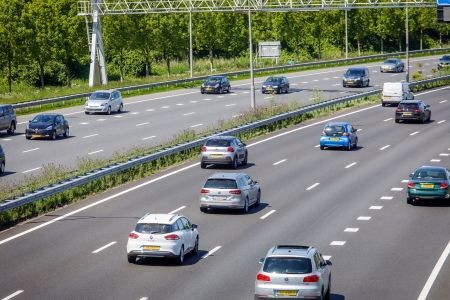PTI is meant to reduce the share of cars that are driving around with technical defects, and thus to reduce the number of crashes caused by them. Not much is known about the road safety effect of PTI. Although there are estimates of the share of crashes involving cars with technical defects (0,5 tot 24%; [91]), the effect of PTI has not yet been studied.
During PTI, the technical condition of the car is inspected. The focus of the inspection is on safety aspects, such as the proper functioning of the vehicle lighting, brakes, steering, and tyres [6]. In addition, checks are done to see if pollution by exhaust gases is within limits. More information about the car parts that have to be checked is to be found in the digital PTI handbook APK-handboek voor personenauto’s.
In the Netherlands, the fuel type determines when a car needs a PTI. Cars that use petrol, alcohol or electricity need their first PTI four years after their admission date. The next two PTIs are every two years. After eight years, cars need an annual PTI (4-2-2-1 scheme). Cars that (partly) use a different fuel need a PTI after the first three years, followed by annual PTIs (3-1-1 scheme). Cars that are 30 to 50 years old need biennial PTIs (2-2-2 scheme) [92]. Since 2021, cars that are 50 years old or older have been exempted from PTI mandation [93].
